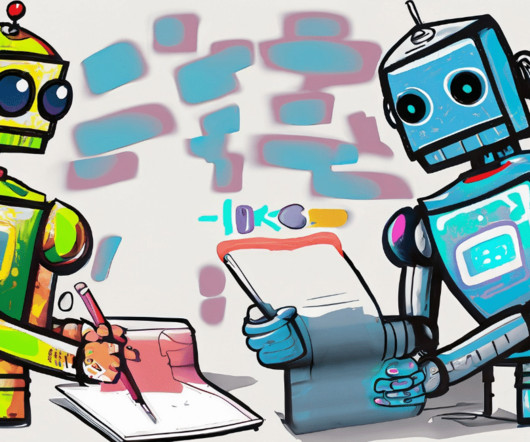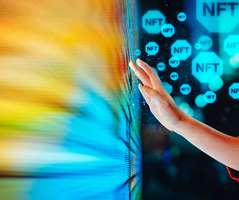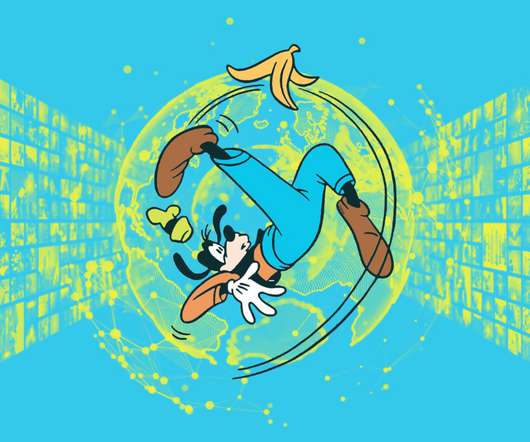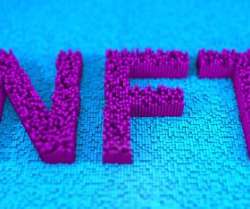Artists Attack AI: Why The New Lawsuit Goes Too Far
Copyright Lately
JANUARY 23, 2023
(If you’re interested in doing a deeper dive into how all of this works, I recommend following Andres Guadamuz’s blog on the topic.) With a proper understanding of the technology, we can see that the complaint’s repeated description of Stable Diffusion as a “21st-Century collage tool,” while perhaps catchy, simply isn’t accurate.
















Let's personalize your content